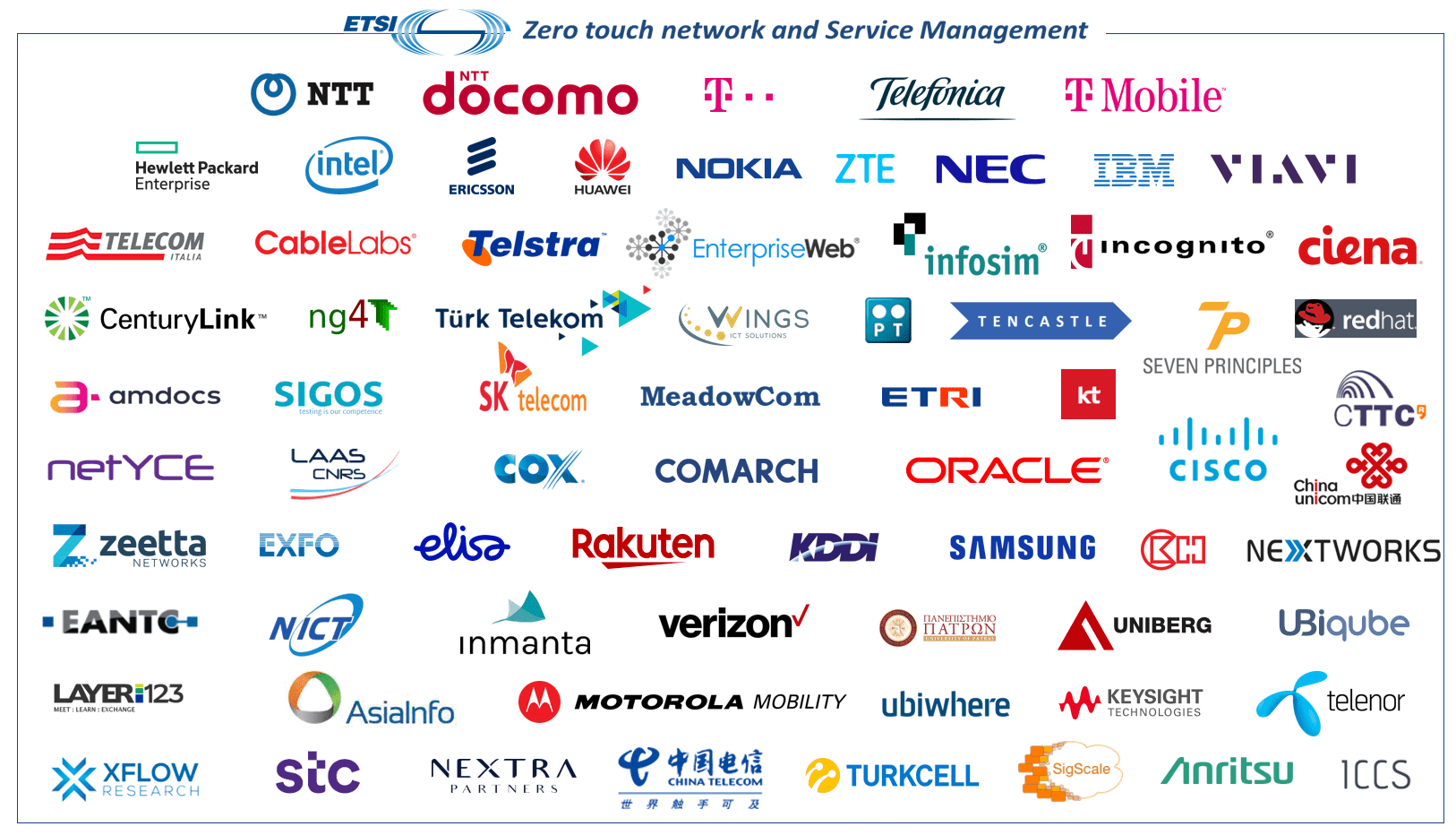Introduction
The pivotal deployment of 5G and network slicing has triggered the need for a radical change in the way networks and services are managed and orchestrated. In particular there is a need to handle:
- the increase in the overall complexity resulting from the transformation of networks into programmable, software-driven, service-based and holistically managed architectures, and
- the unprecedented operational agility required to support new business opportunities enabled by technology breakthroughs, such as Network Slicing.
These new deployments come with an extreme range of requirements, including massive seemingly infinite capacity, imperceptible latency, ultra-high reliability, personalized services with dramatic improvements in customer-experience, global web-scale reach, and support for massive machine-to-machine communication.
Full end-to-end automation of network and service management has become an urgent necessity for delivering services with agility and speed and ensuring the economic sustainability of the very diverse set of services offered by Digital Service Providers. The ultimate automation target is to enable largely autonomous networks which will be driven by high-level policies and rules; these networks will be capable of self-configuration, self-monitoring, self-healing and self-optimization without further human intervention. All this requires a new horizontal and vertical end-to-end architecture framework designed for closed-loop automation and optimized for data-driven machine learning and artificial intelligence algorithms.
The ETSI ZSM (Zero-touch network and Service Management) group was formed in December 2017 with the goal to accelerate the definition of the required end-to-end architecture and solutions.
Our Roles & Activities
The ISG ZSM group works to strengthen the collaboration the relevant standardization bodies, open-source projects and fora in order to promote the adoption of and alignment with the ZSM architecture and solutions to ensure automated end-to-end network and service management can be achieved.
The relevant standardization bodies, open-source projects and fora in order to promote the adoption of and alignment with the ZSM architecture and solutions to ensure automated end-to-end network and service management can be achieved.
We have just embarked on an exciting journey towards the automation transformation that will help operators meet user expectations for service agility and create new business opportunities. End-to-end automation is a “big deal” and represents the industry’s coming years journey. The use of AI/ML will evolve incrementally. Findings from real deployments and operational experience need to be fed into the specification work.
The ISG ZSM encourages the creation of Proof of Concepts (PoCs) to demonstrate the viability of ZSM implementations. The results and lessons learned from the ZSM PoCs will be channelled to the ISG ZSM specification work. In its specification work, the ISG will take into consideration also feedback and findings from real deployments and operational experience.
Specifications
A list of related standards in the public domain is accessible via the ZSM committee page.
Blog
ZSM Blog
The direct link to this Blog is https://www.etsi.org/newsroom/blogs/blog-zsm

